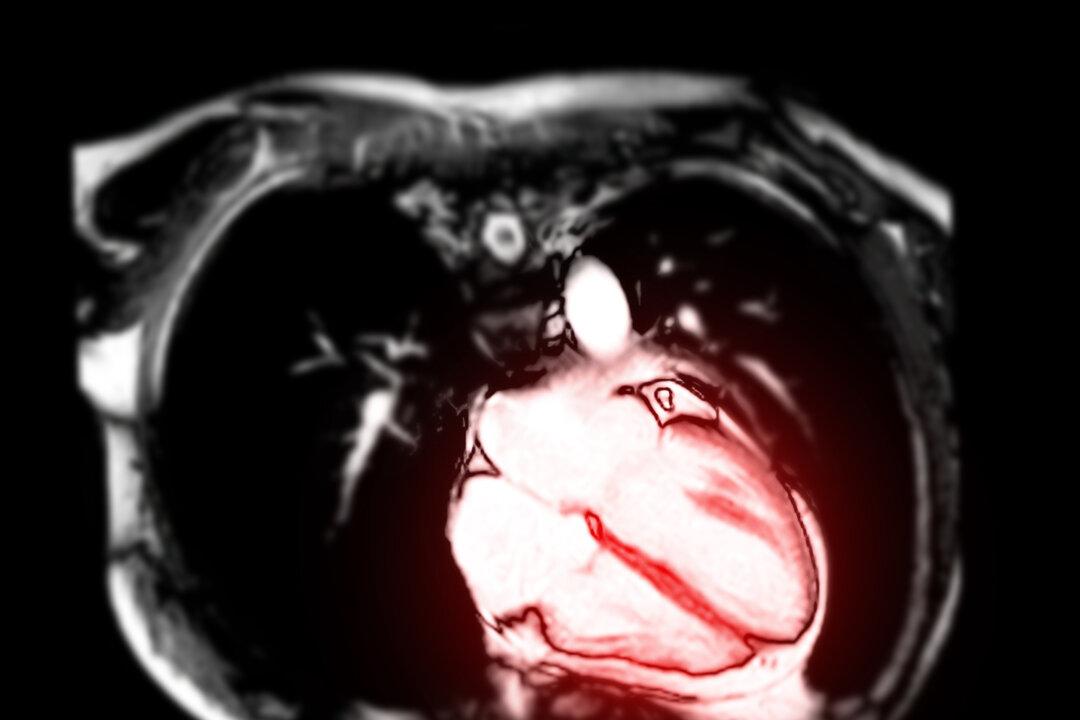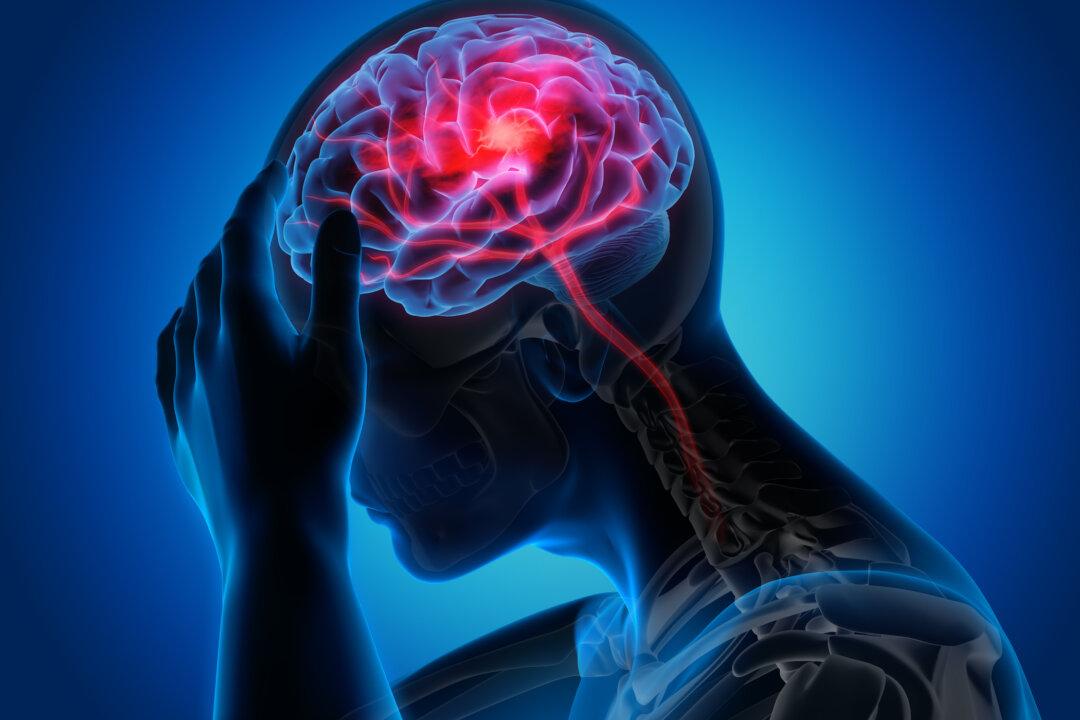A cardiac MRI of college athletes who had COVID-19 is seven times more effective in detecting inflammation of the heart than symptom-based testing, according to a new study.
The study of 1,597 COVID-19 positive athletes in the Big Ten Conference who had cardiac magnetic resonance (CMR) screening found 2.3% were diagnosed with myocarditis and most didn’t exhibit symptoms of the rare disease, a leading cause of sudden death in competitive athletes. Of the 37 athletes diagnosed with myocarditis, 28 were asymptomatic.





